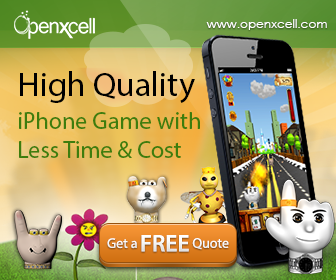Are
these newly launched wearable tech perceived as a ‘not so important
thing’ or a problem-solving equipments by the mass? And how soon
will the shift take place in the current scenario? Read on to find
out!
So,
the Google Glass enthusiasts have hardly settled and it is this newly
launched “Android
Wear”
from
Google that has been making hot news in the tech industry since few
days. Google, by introducing this project of Android wear for watches
is designed to offer a lot many intriguing facets to the mass. A
device on your wrist that is capable of providing multiple
functionalities. It includes notifications and messages from social
networking sites, compatibility with other smart devices and designed
to allow the mass to make the most out of the much appreciated health
oriented apps. Certainly, these health oriented apps are now also
being enthusiastically created by many mobile app development
companies. No wonder, the developers of these mobile app development
companies have seen tremendous future prospects and are consequently
planning to work on producing more apps that would be compatible with
wearable devices. There is no doubt about the ecstatic emotions the
tech industry is going through. But are the consumers equally excited
about the same?
Early
this year, we came across an interesting revelation. According to
NPD,
the awareness for wearable tech devices exceeds 50 percentage out of
the total consumers in US and among them, one out of three say they
are likely to buy one of the devices. These devices include smart
glasses, smart watches, and wearable fitness tracking equipments with
which the consumers are expecting to carry out definite actions like
making calls, listening music and fitness tracking. These
inclinations suggest that there exists a cluster of mass who is
actually looking forward to indulge with and explore these devices
but only in accordance to their expectations and limitations.Indeed,
these definite behaviour surely hints little positivity from the
consumers’ end towards this newly born trend that is yet to travel
a long distance.
However,
there are some inevitable factors that are hindering these potential
customers from buying these wearables. Few of the reasons according
to a study, like the size of the device, its short battery life and a
screen that is highly prone to getting damaged, serve as major
obstacles and compels the very potential consumers to shun the
thought of making a purchase. While, the current price of wearable
devices serves as another major botheration to the consumers as the
expenses incurred in acquiring one of them are too high than what the
consumers are willing to spend. Infact, the consumers say they expect
to spend not more than $300 on such functional devices.
To
sum it up, while the mass is readily amused and have shown
considerable amount of positivity towards these wearable devices at
the moment, serious contemplations for making a purchase are still
being weighed by them. This includes commercial and economical
availability and meeting anticipated functionalities and design
aspects. This is clearly indicated with respect to any android app
development company who were eying the glass as a considerable
platform, but still selling for $1500. The wearable technology has
undoubtedly found a place in the hearts but will only make its way to
the wrists after they manage to serve authentic functionalities at
logical prices and it might take a while to witness this shift.



















